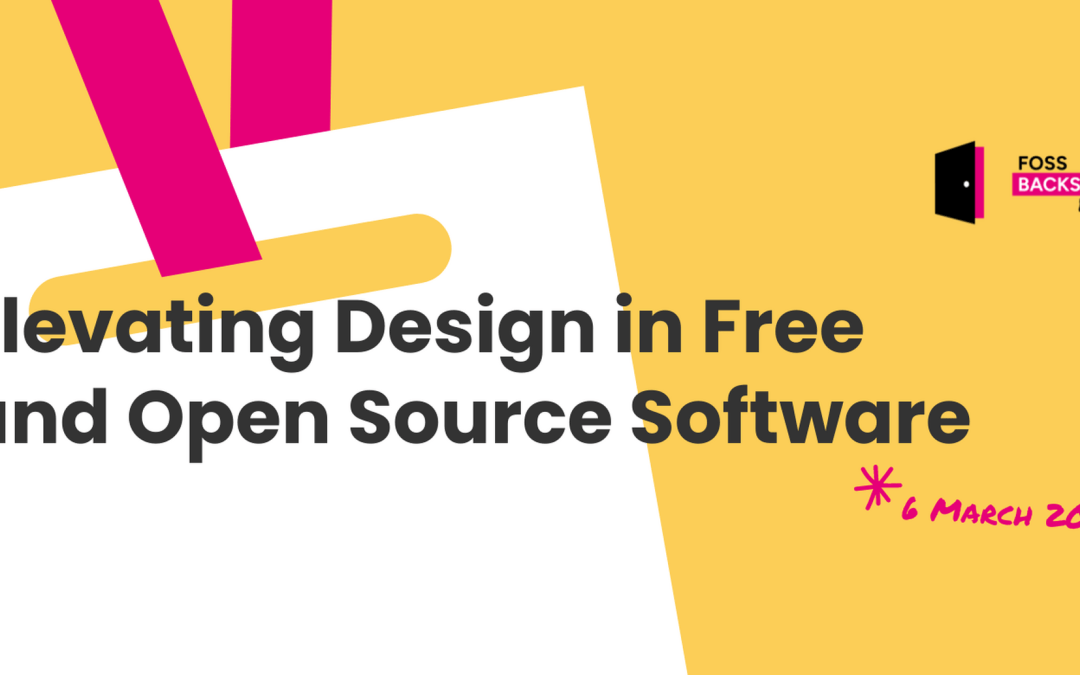March 6, 2024
Berlin, Germany
Nuna Dionísio and Pedro Fernandes, product designers from Percona, will participate in FOSS Backstage Design 2024 in Berlin and talk about design focused on user experience and driving product adoption through documentation.
Speakers from Percona will participate in FOSS Backstage Design on March 6, 2024, in Berlin, Germany.
We’ll be presenting two talks in this event:
A user-centric (r)evolution by Nuna Dionísio (UX Product Designer)
In the world of open-source software development, the rush to write code often steals the show, leaving user experience sidelined. We might end up overlooking users and skipping vital usability tests in our need for speed, which could explain why adoption rates struggle. At Percona, we encountered firsthand the repercussions of neglecting user-centric design principles in our product development journey. Our exploration began with the integration of a new product into an existing framework where UX was an afterthought. This integration exposed the severe repercussions of neglecting user-centric design practices—a significant hindrance to usability and adoption rates. This pivotal moment sparked a reevaluation of our approach. Recognizing the necessity of a radical shift, we committed ourselves to embed a user-first ethos from project inception. This shift meant involving designers at the earliest stages, conducting usability testing right from the initial concept phase—a marked departure from previous practices. The outcomes were transformative. Our product saw marked improvements in usability, aesthetics, and user satisfaction. This validated our shift, prompting the development of an inclusive design system open for community collaboration. A narrative centered on valuing users, initiating UX from the project’s start, and nurturing an open design system that champions a user-focused approach within open-source software development.
Re-thinking product adoption through documentation design by Pedro Fernandes (Sr. Product Designer)
One of the most obvious paths when thinking about the adoption strategies of a software product is to change it. For example, by creating a good user onboarding experience and ensuring they can quickly get to the value by using the product. Intuitive products don’t require manuals, right? This is not always the case, especially if we’re discussing improving the adoption of 17 distinct, free, open-source products. The reasons for a hard user adoption can vary. In this case, when technical people build for technical people, it’s hard to change coding structures overnight and simplify the user experience. Documentation is the best resource and the user’s companion for successful usage. However, when documentation is also poorly implemented, users’ frustration levels may quickly rise. They may find themselves re-reading walls of undecipherable text over and over and reach the point of feeling dumb for never actually completing the installation. Documentation must be intuitive and accessible, requiring a more mindful implementation. That is why we decided that the first and quickest path to improving the product adoption would be to treat it as any other product and re-design it. Using the practices and methodologies of user experience design, we found the ideal path to get to the right solution as a team to tackle our documentation problems and prepare ways to improve our family of products.
About the event.
FOSS Backstage gathers everyone interested in User Experience & Design within Free and Open Source software projects for a new sub-event FOSS Backstage Design!

